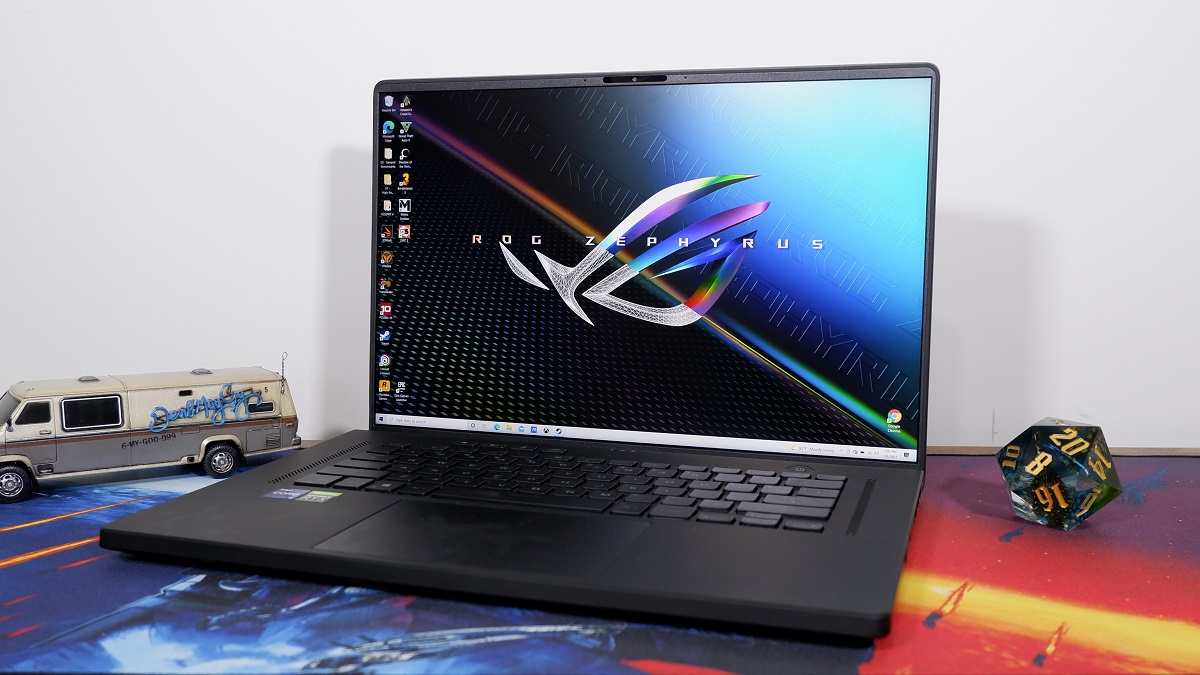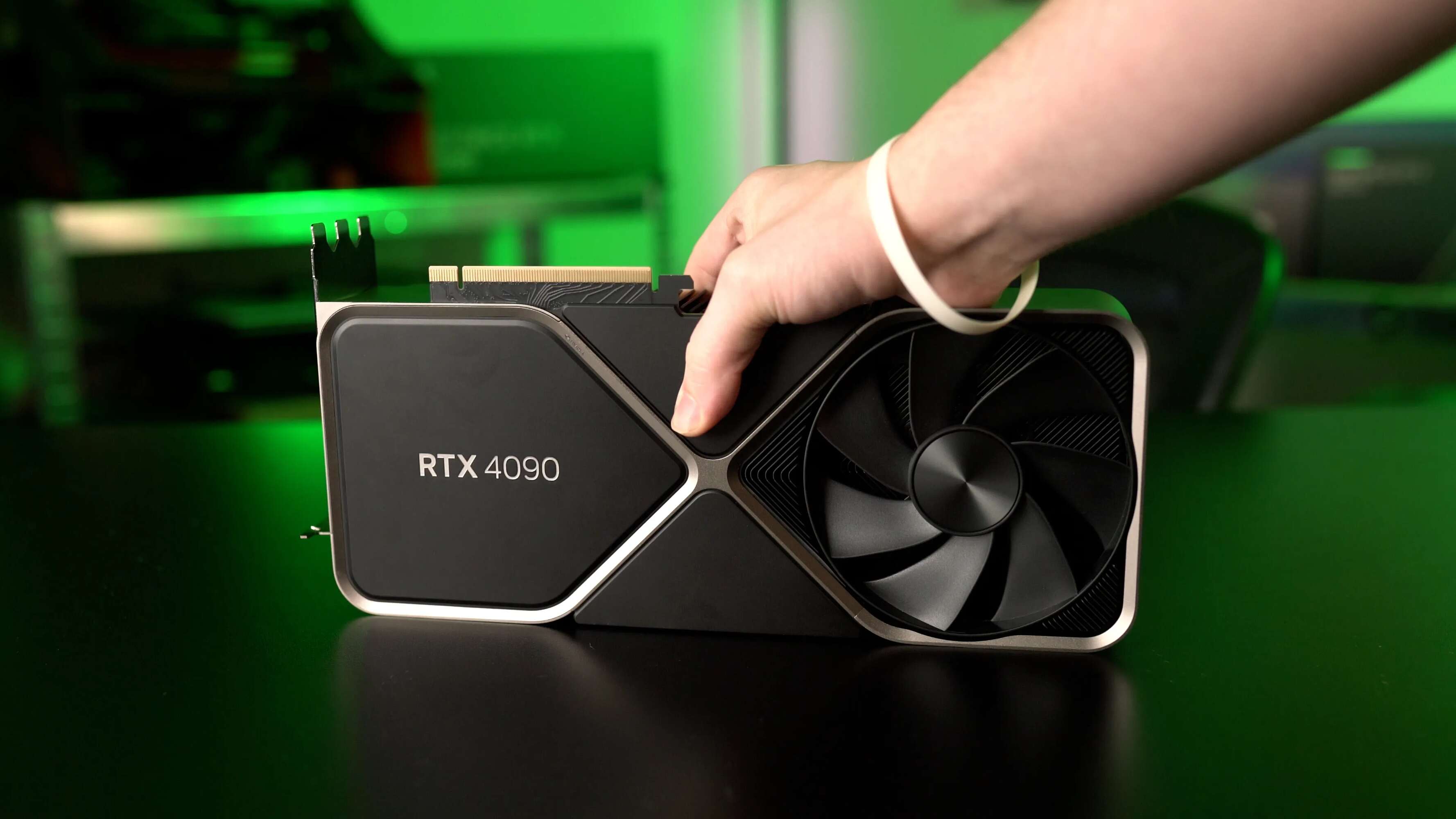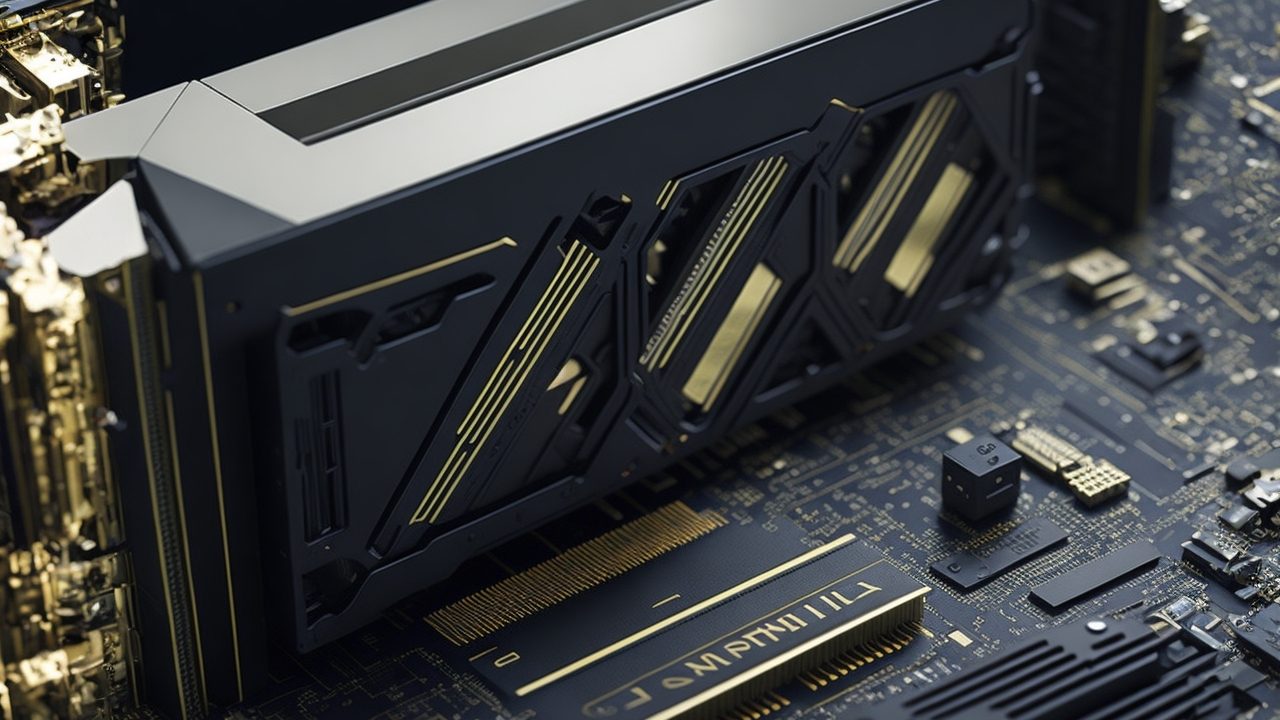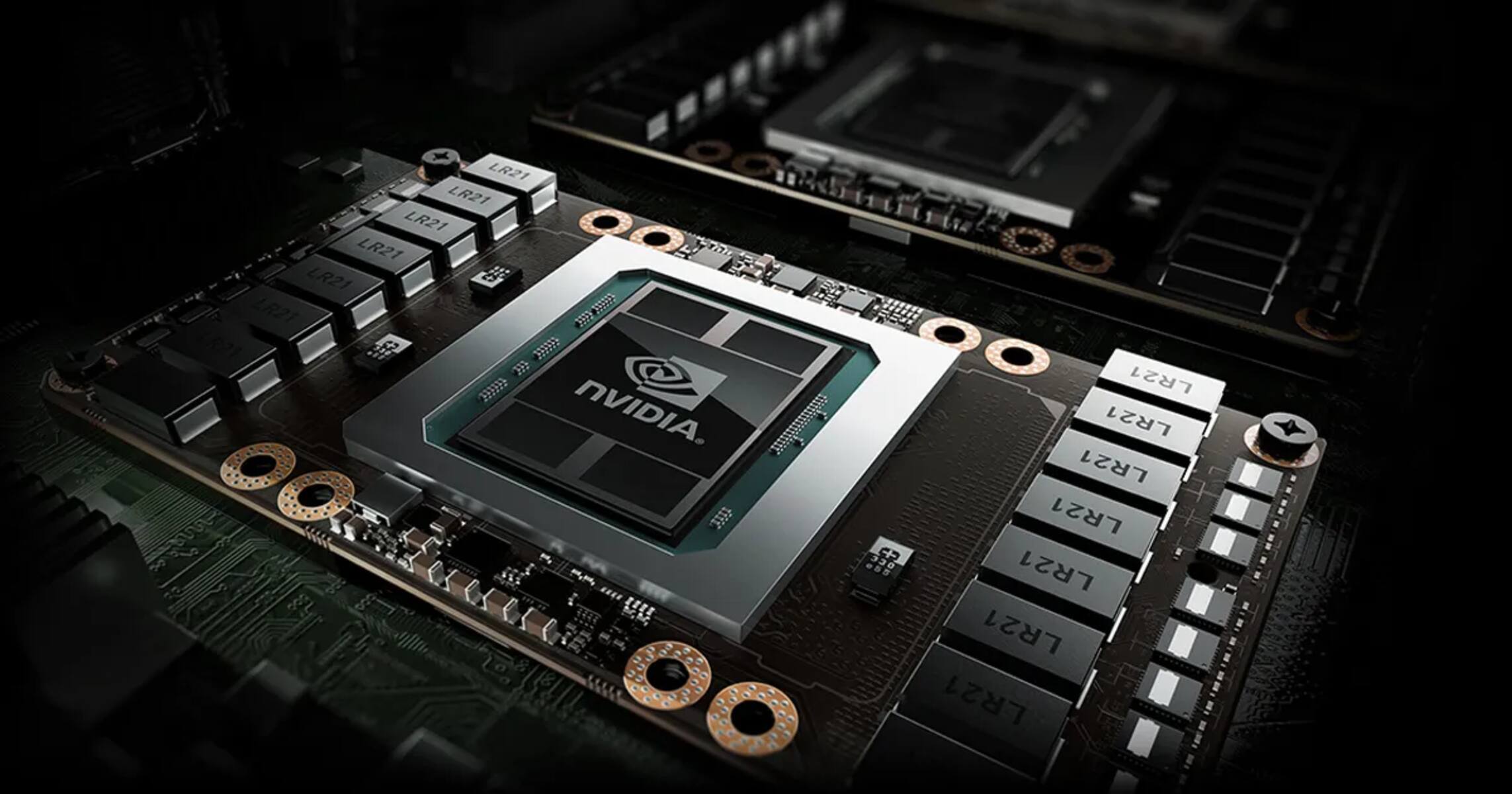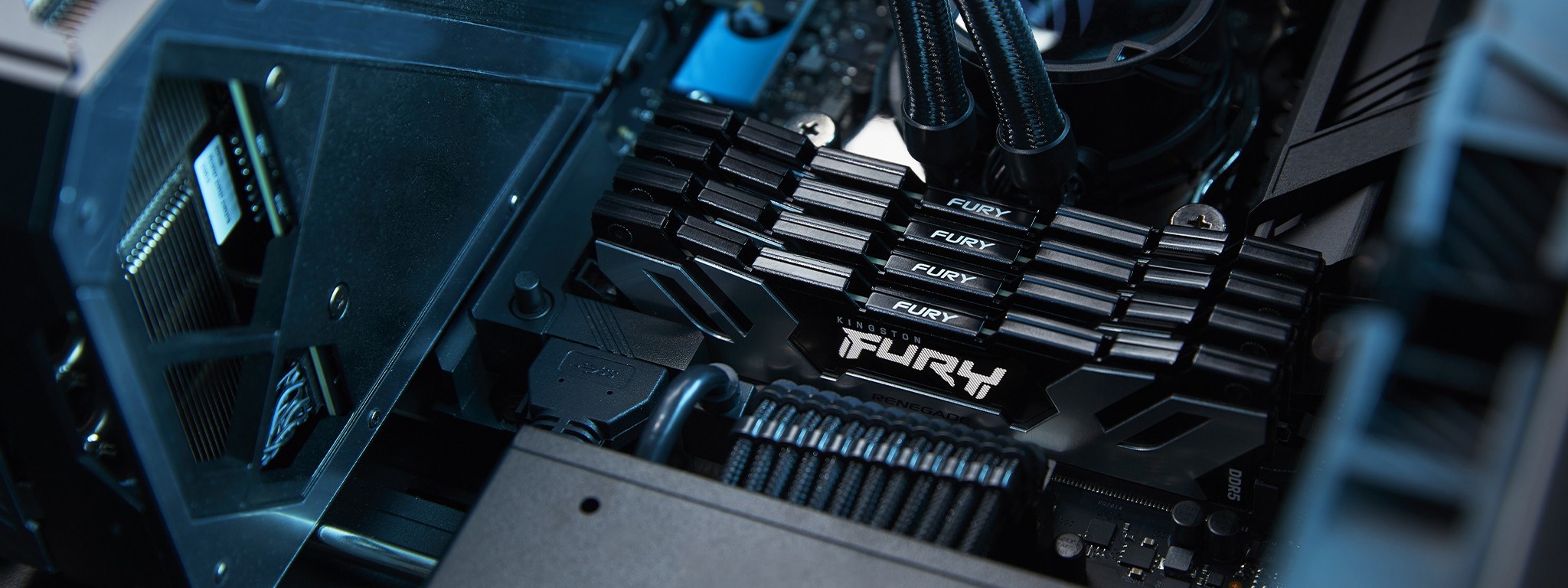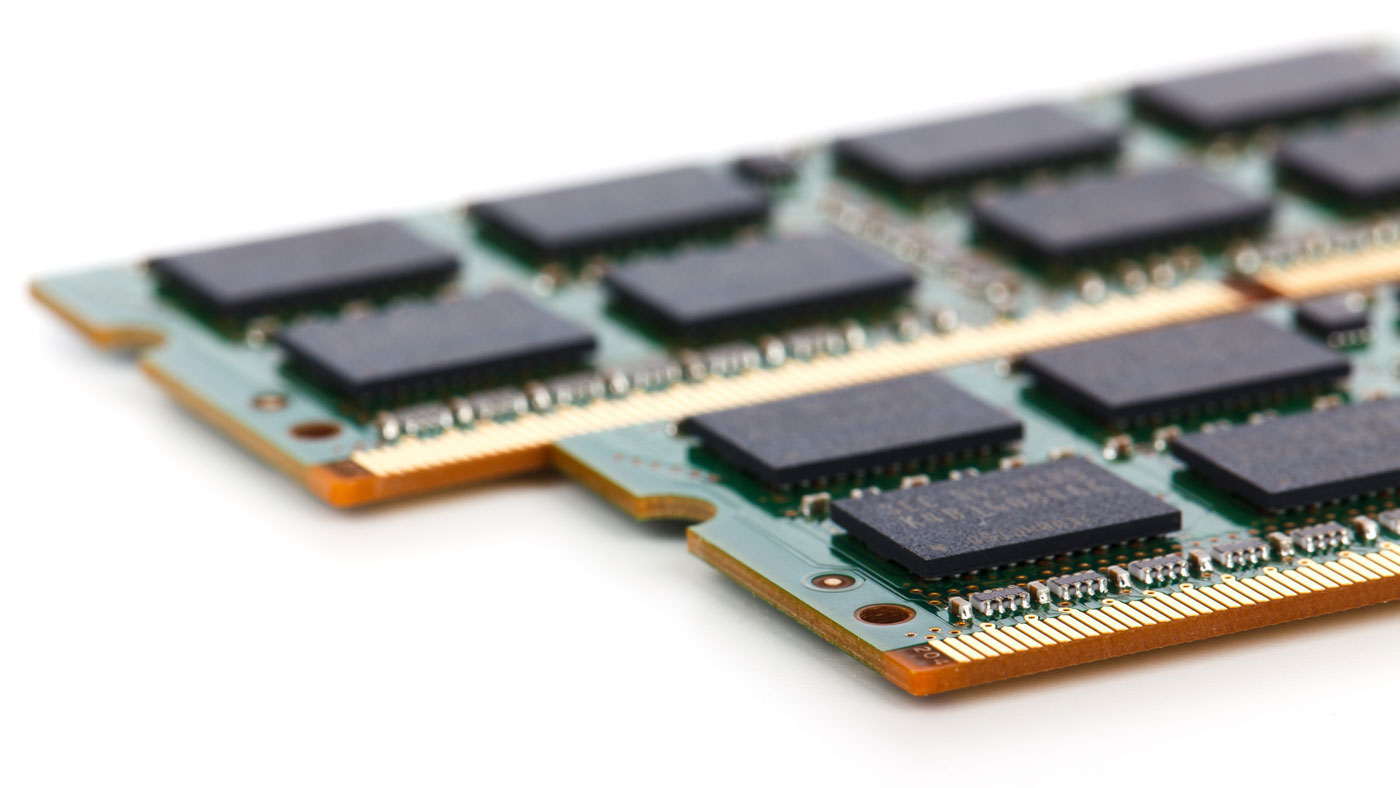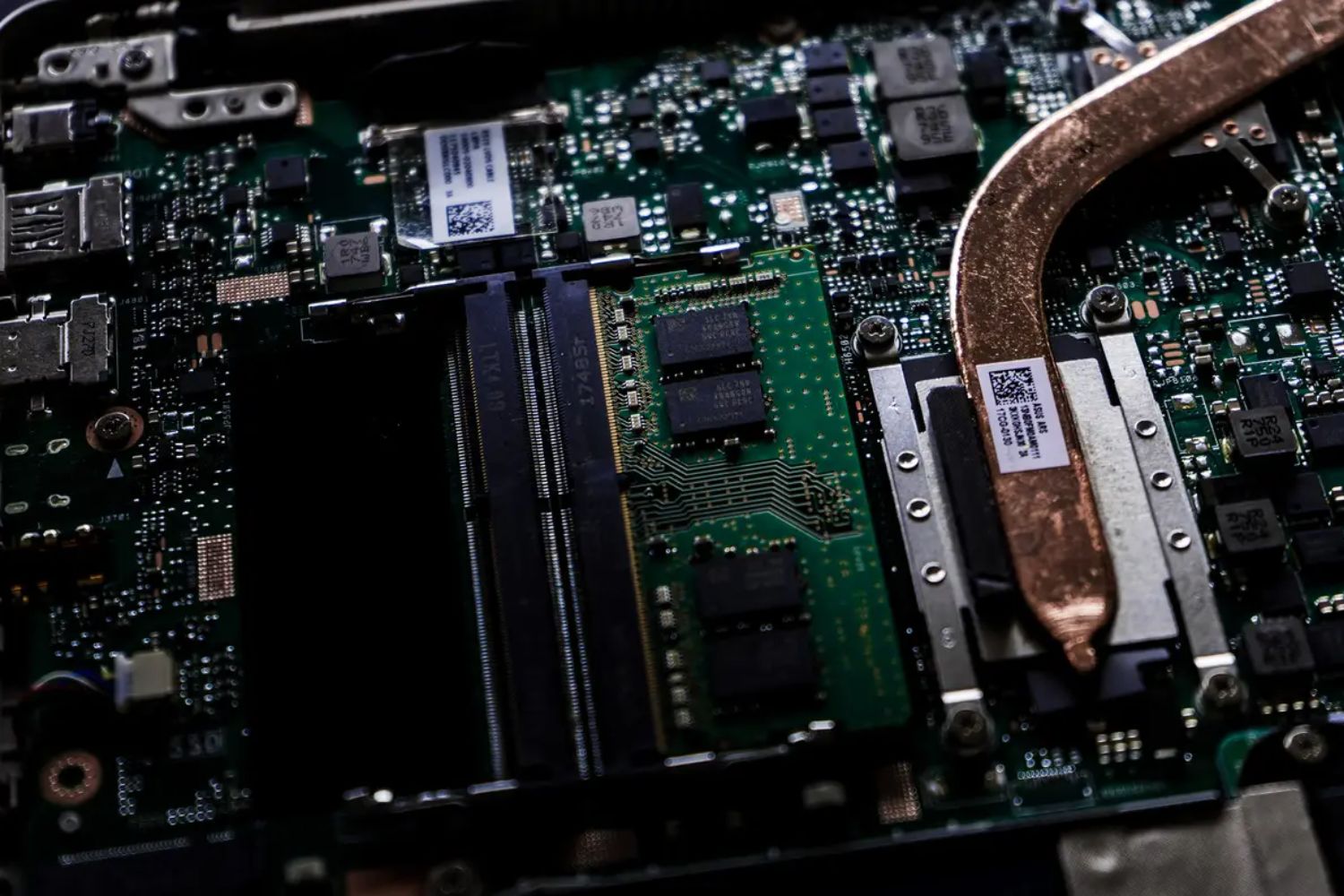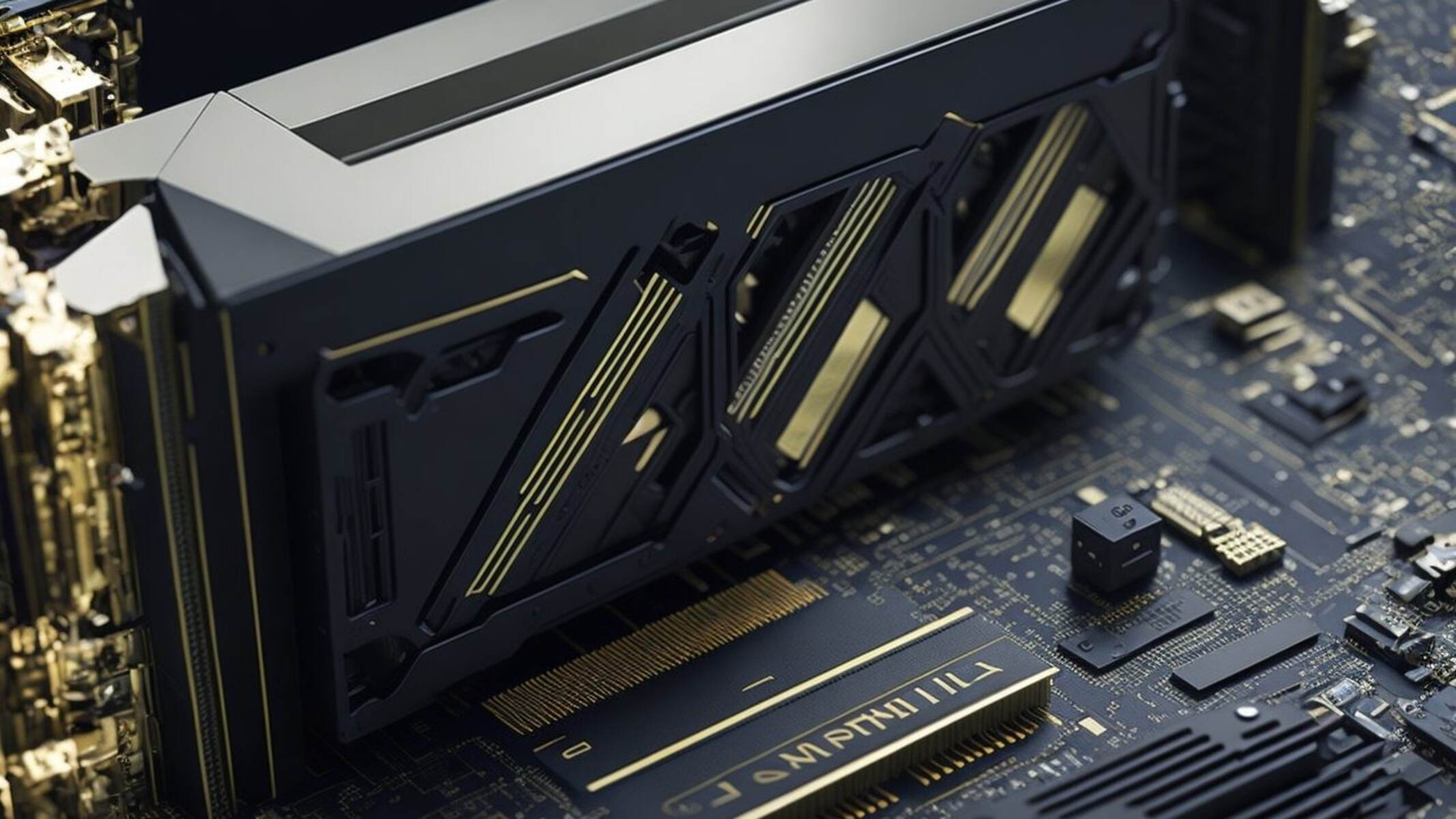Introduction
Welcome to the world of computer graphics and video processing! If you’re a gaming enthusiast, content creator, or just someone who appreciates high-quality visuals, knowing the amount of Dedicated Video RAM (VRAM) on your system can be crucial. VRAM is a specific type of memory that is solely dedicated to handling graphical operations, such as rendering textures, 3D models, and videos. The more VRAM you have, the smoother and more detailed your graphics will be, leading to a more immersive experience.
Whether you want to optimize your gaming settings, ensure compatibility with the latest software, or troubleshoot graphics-related issues, understanding the amount of Dedicated Video RAM your system possesses is essential. This guide will walk you through the step-by-step process of finding out how much Dedicated Video RAM you have on different operating systems, namely Windows, Mac, and Linux.
No matter what platform you’re using, this guide will provide you with the necessary instructions to check your Dedicated Video RAM. So, without further ado, let’s dive into the fascinating world of VRAM and uncover the secrets behind your system’s graphical capabilities!
Checking Dedicated Video RAM on Windows
If you’re a Windows user, there are several straightforward methods to determine the amount of Dedicated Video RAM on your system. Here are three common approaches:
- Using the Display Settings: Right-click on your desktop and select “Display settings” from the context menu. On the Display settings page, scroll down and click on “Advanced display settings.” A new window will open, showing your graphics card information, including the Dedicated Video RAM.
- Using the DirectX Diagnostic Tool: Press the Windows key + R to open the Run dialog box, then type “dxdiag” and hit Enter. The DirectX Diagnostic Tool window will appear. Navigate to the “Display” tab, where you will find detailed information about your graphics card, including the Dedicated Video Memory.
- Using Third-Party Software: There are various third-party software applications available that can provide you with comprehensive information about your system’s hardware, including the amount of Dedicated Video RAM. Speccy, GPU-Z, and HWiNFO are some popular options worth considering.
By utilizing any of these methods, you’ll be able to quickly and easily discover the amount of Dedicated Video RAM your Windows system utilizes. Armed with this knowledge, you can make informed decisions when it comes to optimizing your graphics settings or troubleshooting any performance issues you may encounter during gaming or graphic-intensive activities.
Checking Dedicated Video RAM on Mac
If you’re using a Mac, finding out the Dedicated Video RAM on your system is a simple process. Here are two common methods:
- Using the System Information: Click on the Apple menu in the top-left corner of your screen and select “About This Mac.” A window will appear showing an overview of your system. Click on “System Report” to open the System Information window. In the left sidebar, under the “Hardware” section, select “Graphics/Displays.” Here, you will find detailed information about your graphics card, including the VRAM capacity.
- Using Terminal: Launch the Terminal application, which can be found in the Utilities folder within the Applications folder. Once Terminal is open, type the following command (without quotes): “system_profiler SPDisplaysDataType | grep VRAM”. Press Enter, and Terminal will display the VRAM details of your Mac.
These methods will provide you with the necessary information about your Mac’s Dedicated Video RAM. Armed with this knowledge, you can better understand the capabilities of your graphics card and optimize your settings for gaming, design work, or any other graphics-intensive tasks you may engage in.
Checking Dedicated Video RAM on Linux
For Linux users, determining the Dedicated Video RAM on your system can be achieved through various methods, depending on your distribution and configuration. Here are two common approaches:
- Using Command Line Tools: Open the Terminal application on your Linux distribution. To check the Dedicated Video RAM, you can use the command “lspci -v | grep -i vga -A 12”. This command will provide detailed information about your graphics card, including the VRAM capacity.
- Examining System Logs: Linux keeps detailed system logs that can provide information about your graphics card and its Dedicated Video RAM. Open the Terminal and navigate to the /var/log directory. Look for log files related to the Xorg display server, such as Xorg.0.log or Xorg.1.log. Open the log file using a text editor and search for keywords like “VRAM” or “video RAM.” You should be able to find information about your Dedicated Video RAM.
Linux offers flexibility and customization, so the specific steps to check Dedicated Video RAM may vary depending on your distribution and system setup. However, using the aforementioned methods, you should be able to access the necessary information to determine the amount of Dedicated Video RAM available on your Linux system. This knowledge will enable you to make informed decisions regarding graphics settings, driver installation, or troubleshooting to ensure the best possible performance for your graphics-intensive tasks.
Benefits of Knowing Your Dedicated Video RAM
Understanding the amount of Dedicated Video RAM your system has can offer several advantages. Here are some key benefits:
- Optimizing Graphics Settings: Knowing your Dedicated Video RAM allows you to optimize graphics settings in games and applications. You can adjust settings such as texture quality, anti-aliasing, and resolution to ensure smooth gameplay or better visual fidelity based on the capabilities of your graphics card.
- Compatibility and System Requirements: Many modern applications and games have specific system requirements, including minimum VRAM. By knowing your Dedicated Video RAM, you can ensure that your system meets these requirements, avoiding performance issues and compatibility problems when running demanding software.
- Upgrading and Future-proofing: If you’re considering upgrading your graphics card, knowing your current Dedicated Video RAM can help you make an informed decision. You’ll know how much of an upgrade is necessary to meet your performance needs or accommodate future software advancements.
- Performance Troubleshooting: When experiencing graphics-related performance issues, knowing your Dedicated Video RAM can aid in troubleshooting. You can compare benchmarks and system requirements to identify whether your VRAM is a limiting factor contributing to the problem.
- Professional Work and Creativity: For content creators and designers, having a sufficient amount of Dedicated Video RAM is essential for smooth editing, rendering, and working with high-resolution multimedia files. Knowing your VRAM ensures that you can handle intensive workflows and achieve the desired level of performance.
By understanding the benefits of knowing your Dedicated Video RAM, you can make more informed decisions regarding your system’s graphics capabilities, ensuring optimal performance, compatibility, and efficiency for your specific needs.
Conclusion
Knowing the amount of Dedicated Video RAM on your system is crucial for optimizing graphics settings, ensuring compatibility with software requirements, and troubleshooting graphics-related issues. Regardless of the operating system you use—be it Windows, Mac, or Linux—there are various methods available to check your Dedicated Video RAM.
On Windows, you can utilize the Display Settings, DirectX Diagnostic Tool, or third-party software to find this information. Mac users can access it through the System Information or by using Terminal commands. Linux users may rely on command-line tools or examine system logs to determine their Dedicated Video RAM.
Understanding your Dedicated Video RAM has multiple benefits. It allows you to fine-tune graphics settings, ensuring an optimal gaming or multimedia experience. It helps you verify system requirements, preventing compatibility issues with demanding software. Knowledge of your VRAM facilitates future upgrades and troubleshooting efforts, optimizing system performance and addressing potential limitations. Additionally, content creators can utilize this information to handle complex workflows and achieve professional-grade results.
By taking the time to determine the amount of Dedicated Video RAM on your system, you equip yourself with valuable insights into your computer’s graphical capabilities. With this knowledge, you can make informed decisions to enhance your gaming experience, optimize performance, and unleash your creative potential. So, go ahead and explore the wonderful world of Dedicated Video RAM in your system!







